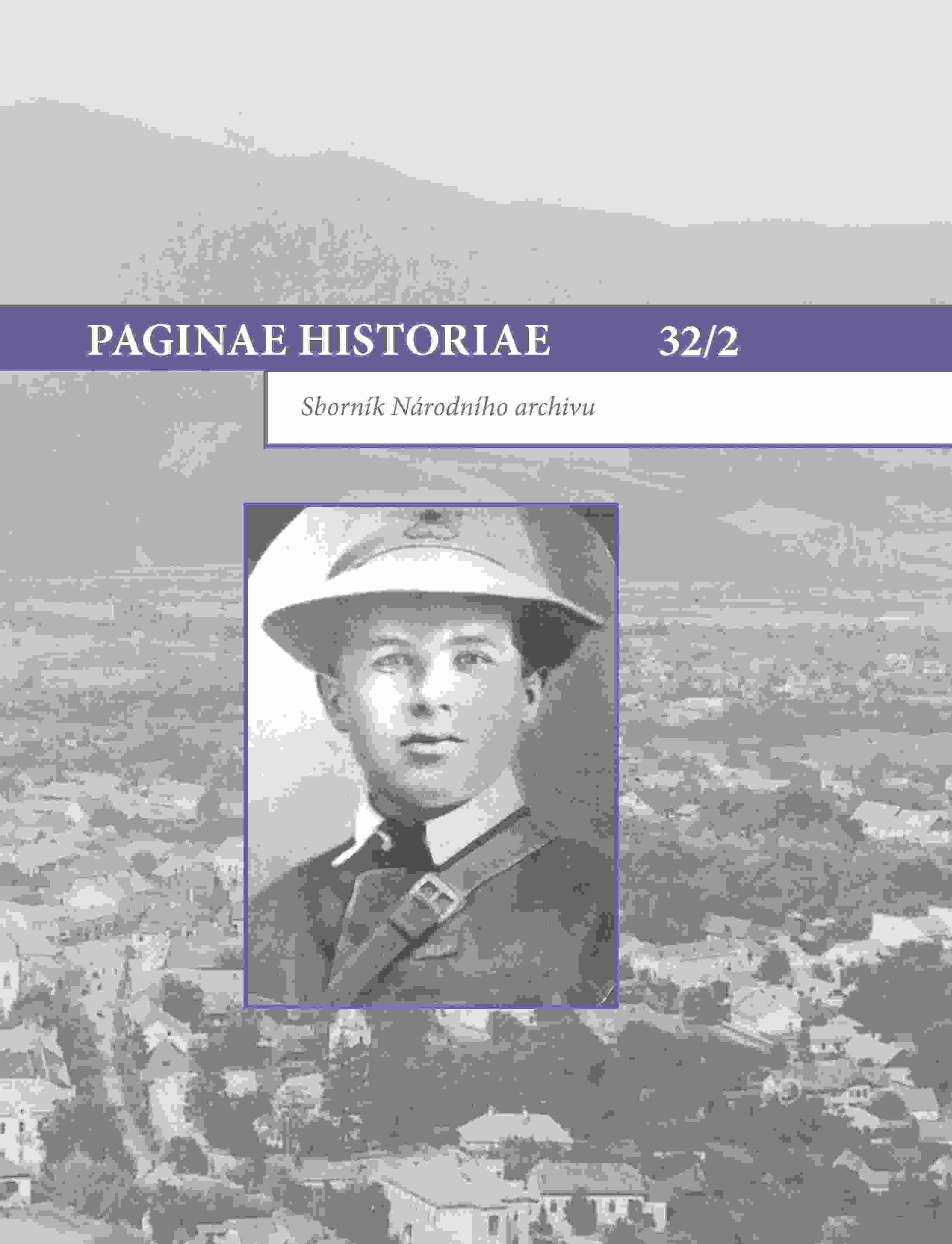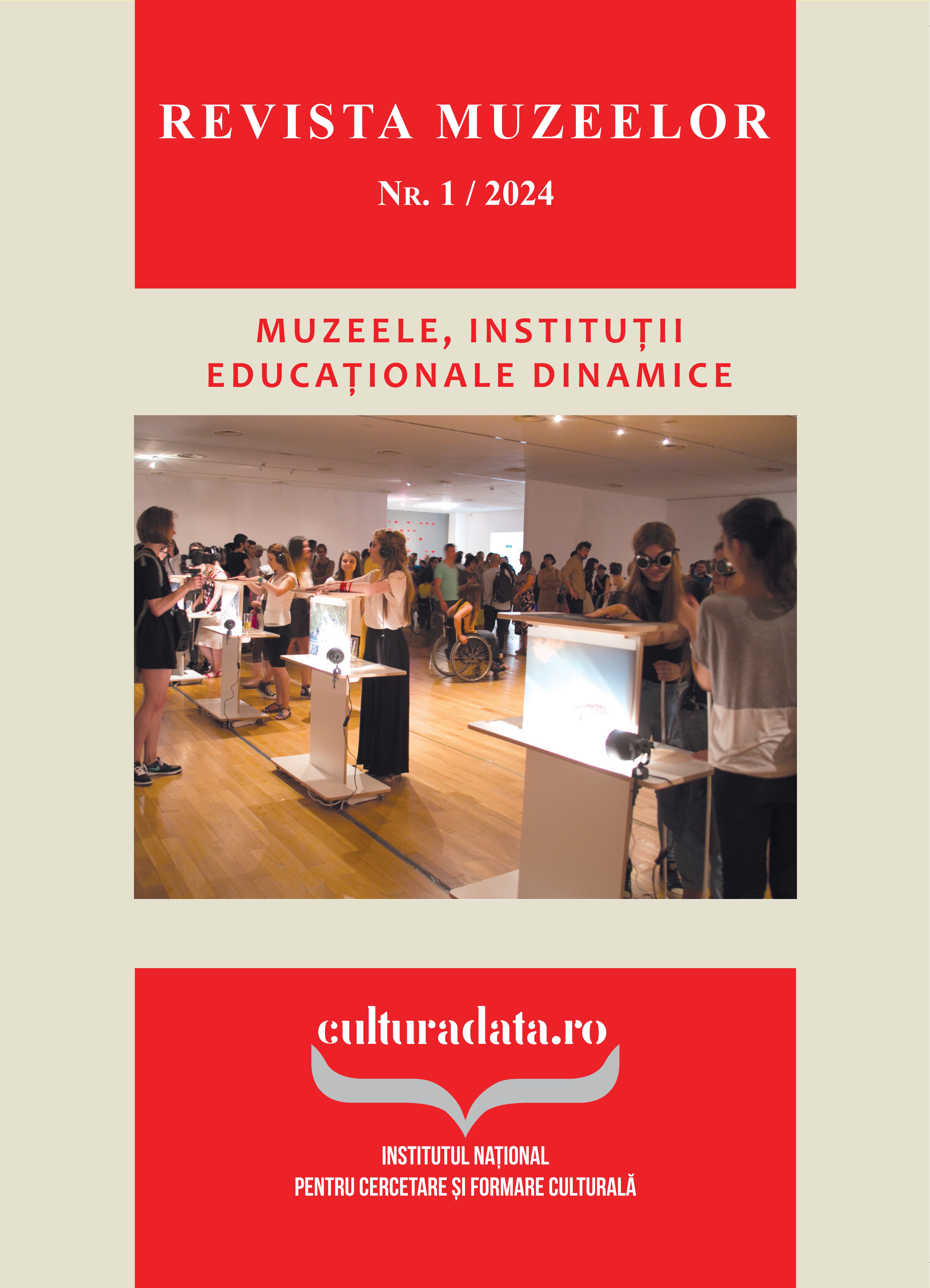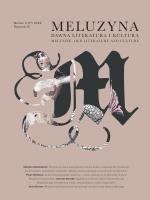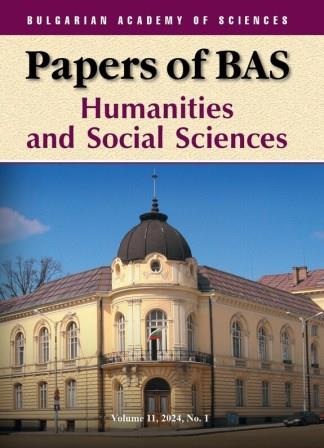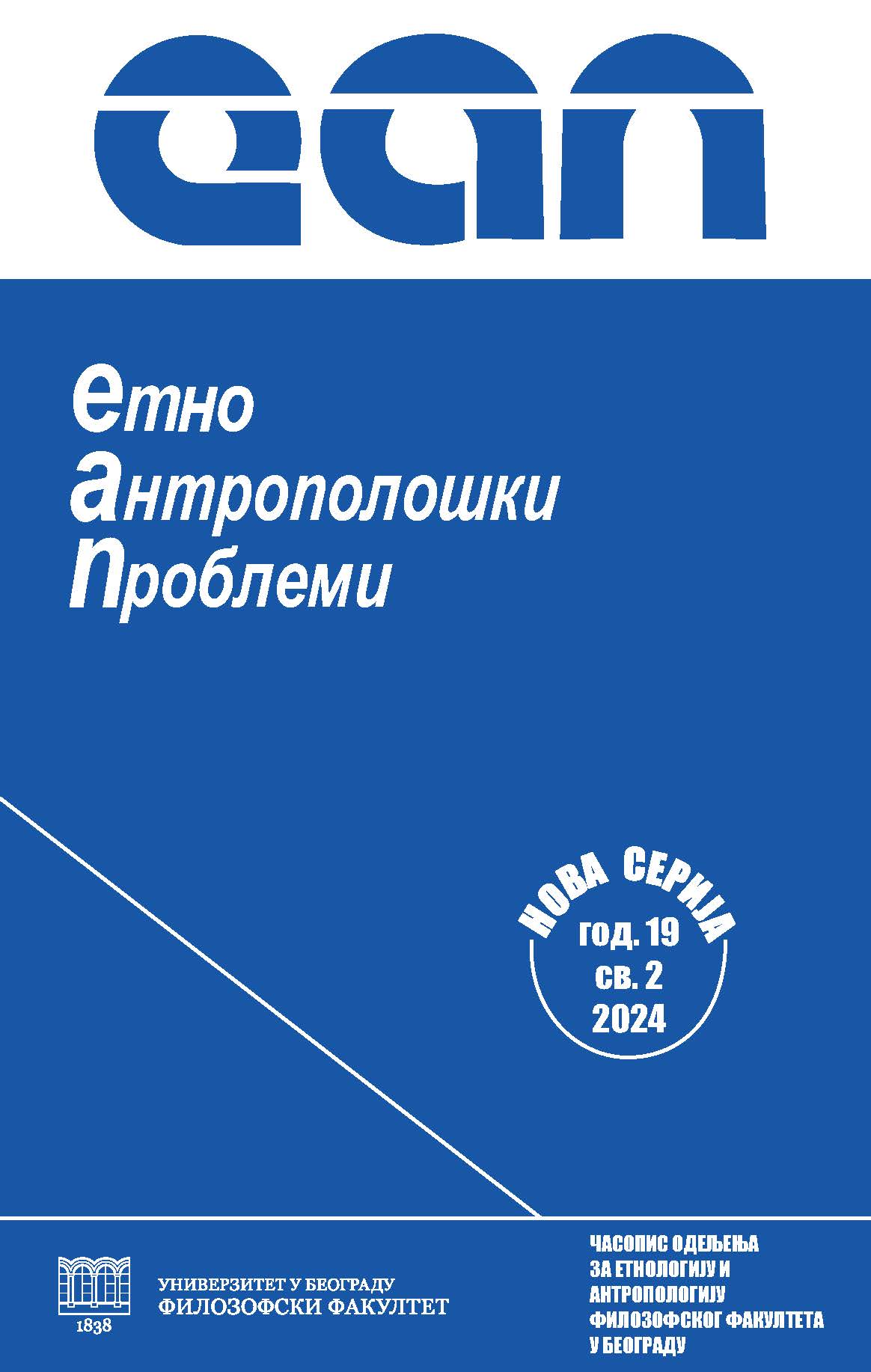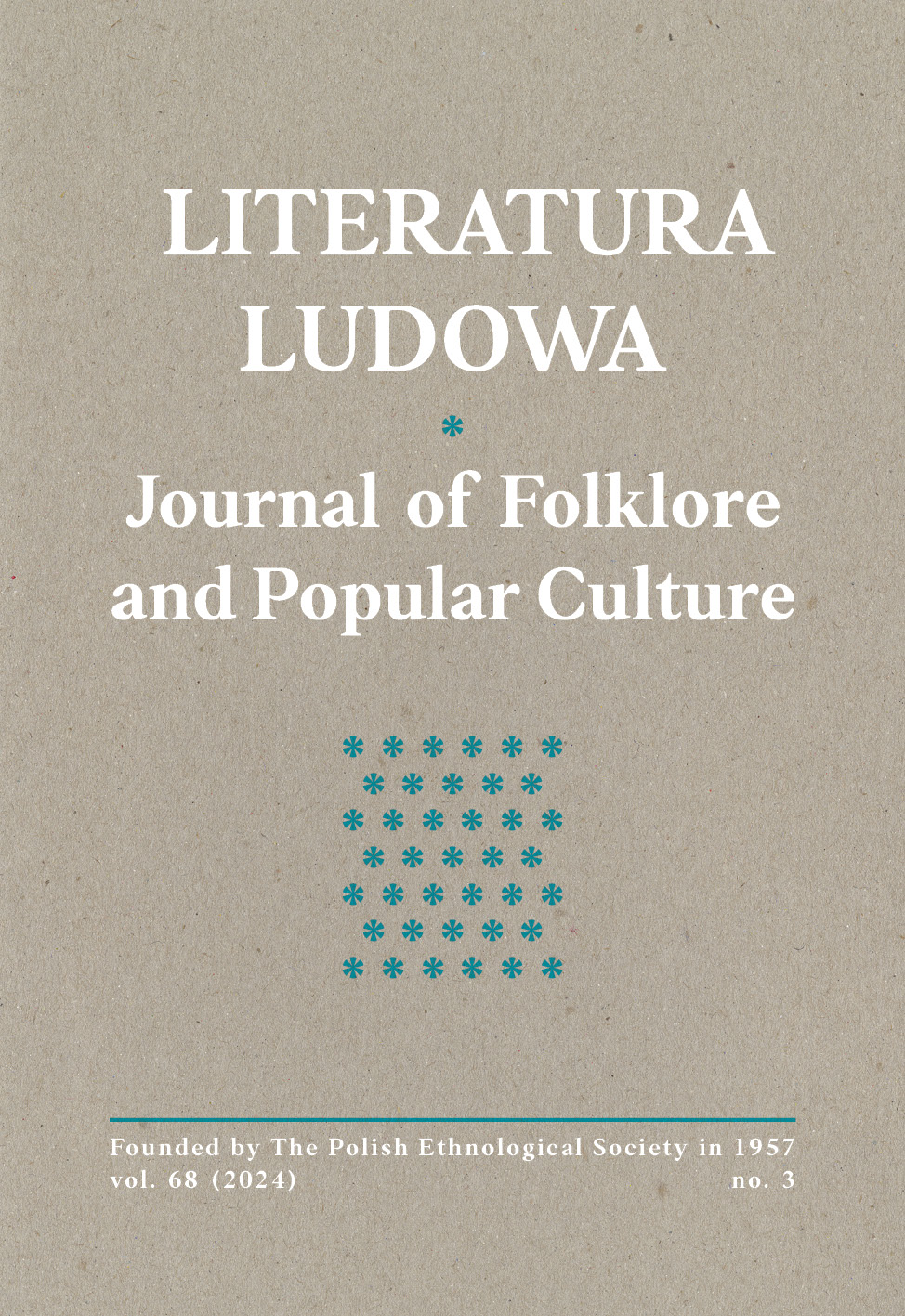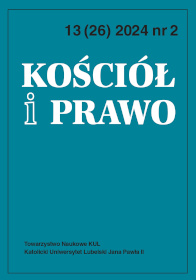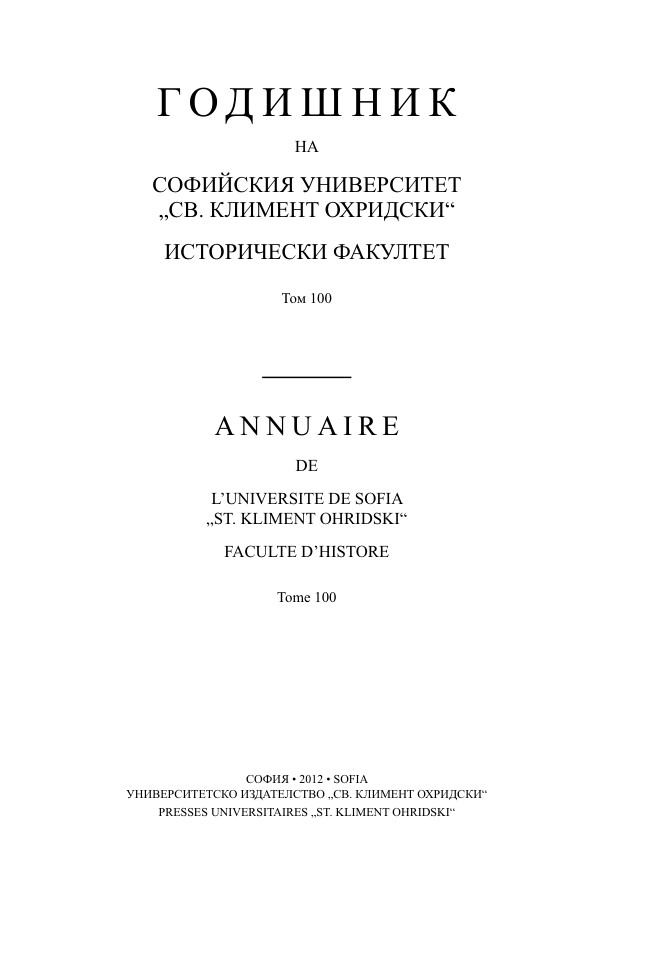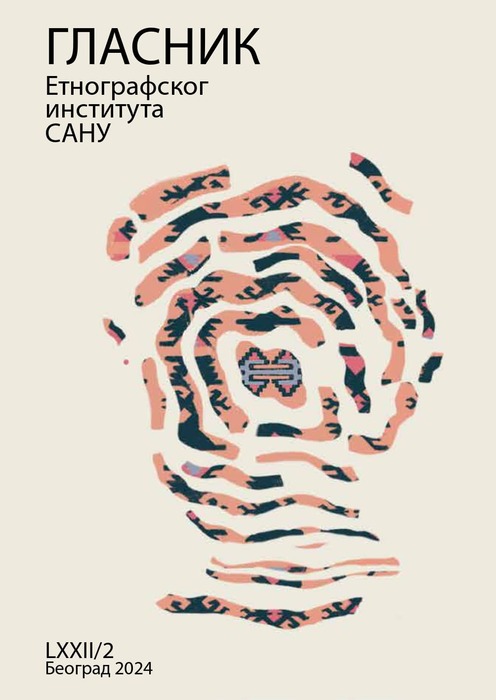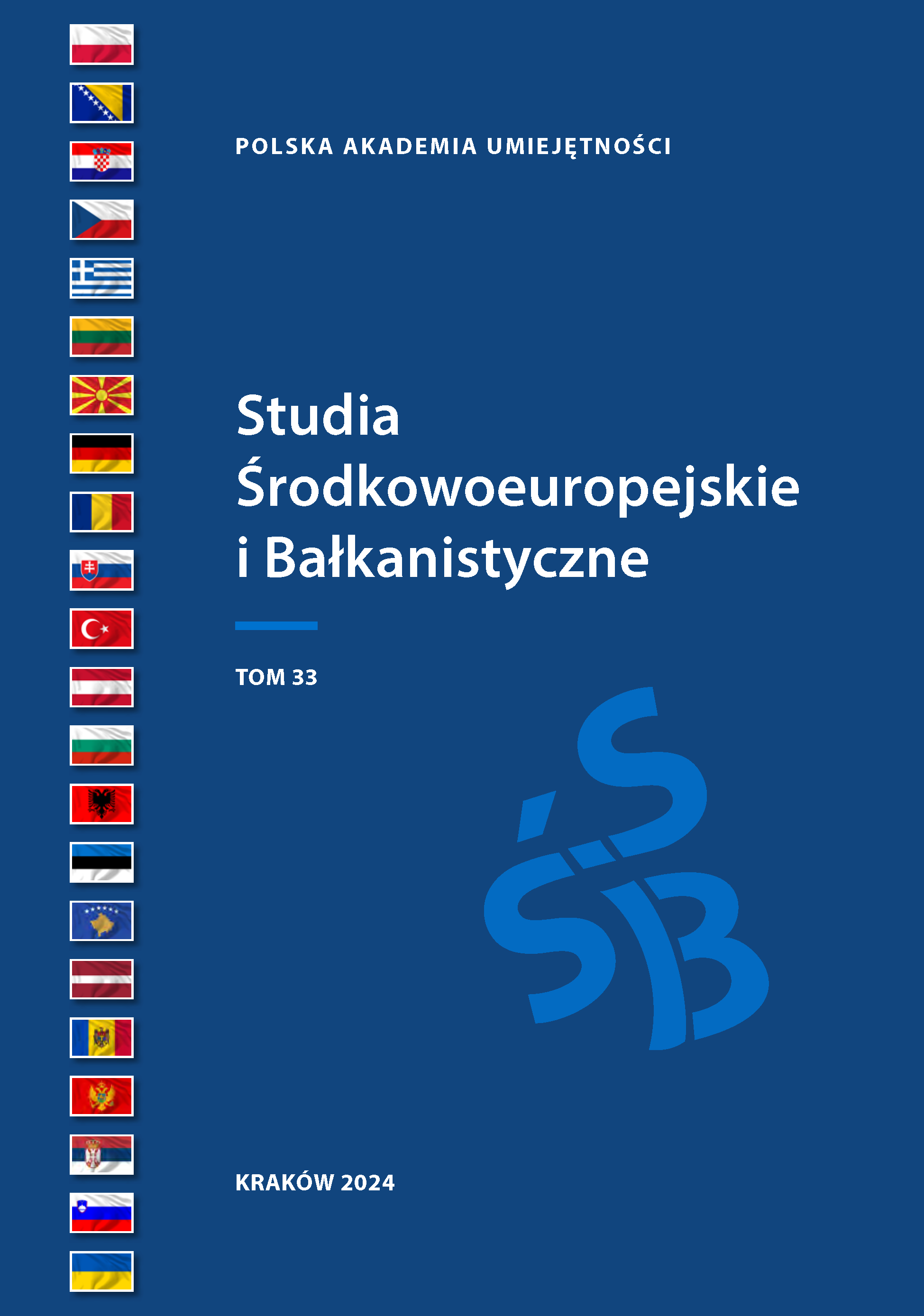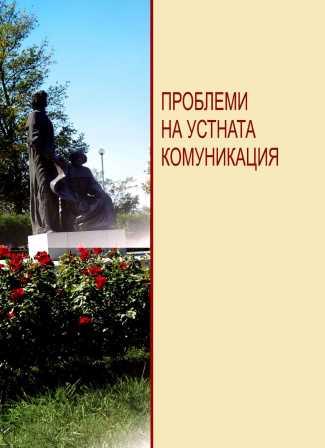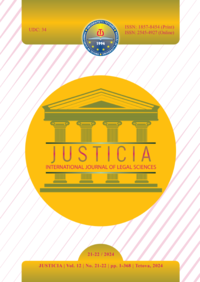
THE WAR IN UKRAINE AND ITS EXPANSION IN THE BALKANS: GLOBAL IMPACT ASSESSMENT AND OPPORTUNITIES FOR DIPLOMATIC SOLUTIONS
This paper aims to document the actuality of the war between Ukraine and Russia, as well as its global impact. The current event of war/conflict with immediate effect in our region and more widely imposes the evidence of the economic circumstances as well as efforts for solutions! The war in Ukraine is causing a major humanitarian crisis. Ukraine's economy is collapsing and undoubtedly the range of economic consequences will affect the globe given the economic complexity. The trauma suffered by the population will have long-term consequences. The above is the overture and this paper, based on the bibliography and references provided, aims to provide an overview of the chronology of the events surrounding the conflict, the history of the conflict, the consequences and impact of the crisis/war, of an economic, developmental nature, the response of international factors, as well as a perspective on the possibilities for a diplomatic solution. The researched topic explains and provides data about the global implications and impacts, reflects on the economic effects, the effects to the food crisis and argues that carefully calibrated policies and diplomatic channels will be decisive in the unforeseen solution. Ominously, due to the pressure of higher prices for food and other essentials, governments may be tempted to implement price control and subsidy policies, but these may prove counterproductive in the global economy. However, the last chapter underlines that what should not be neglected is the possibility of a diplomatic solution and that it should be based on the mutual acceptance of the parties to give hope for long-term peace. We are limited about predictions, where it will end and what the situation will look like in the medium term, though, this should not stop us from the possibility of recording and evidence that will serve as a comparison for the future, and about the situation and global connections, in the world we live today. The world has changed, and it is a fact that crises wherever they are, bring obstacles in communication and connections of a socio-economic nature, in other parts of the globe.
More...
